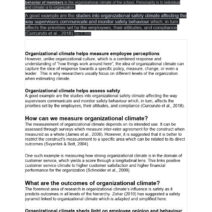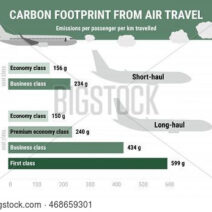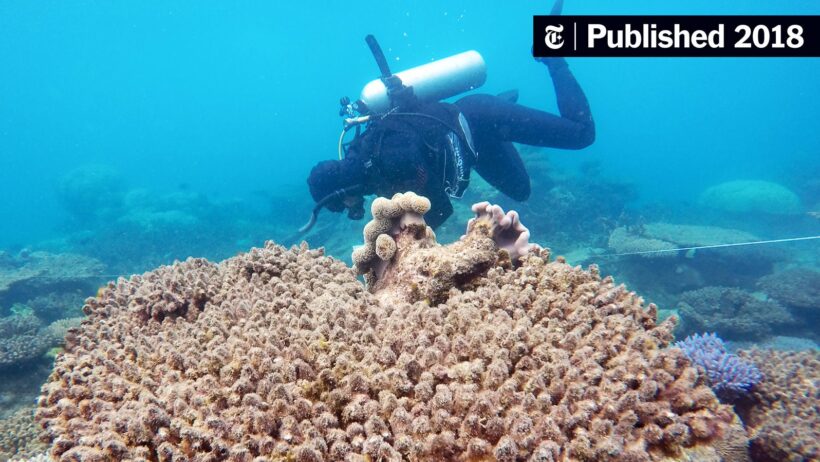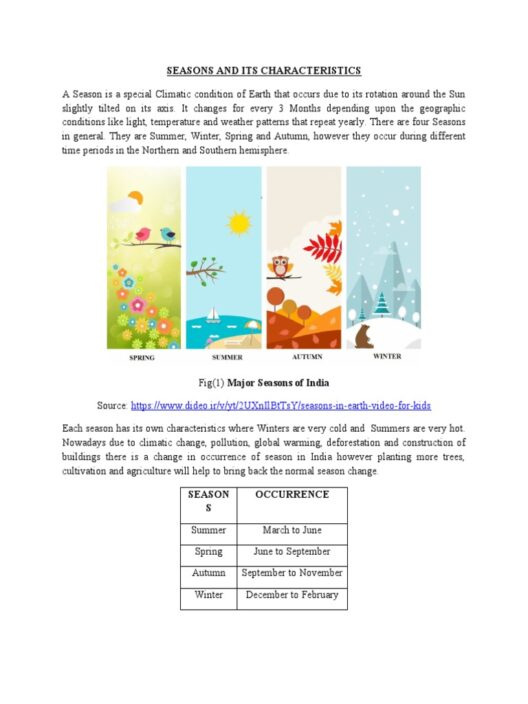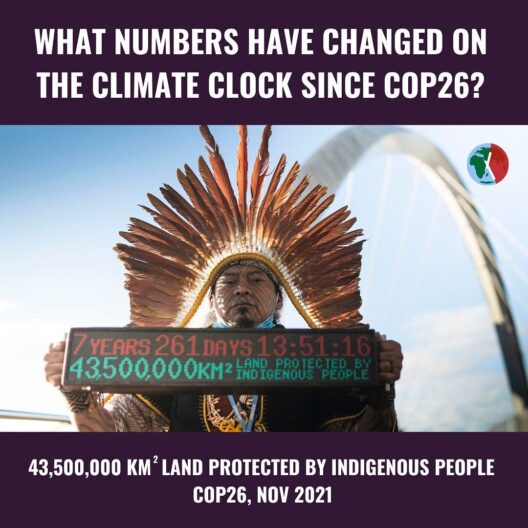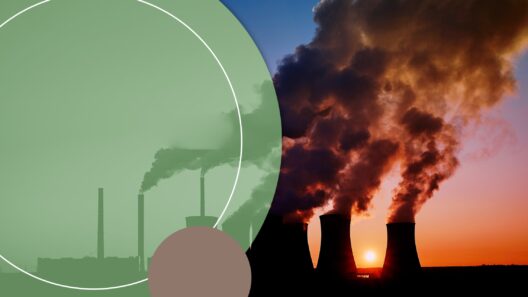The ocean’s coral reefs are often described as the “rainforests of the sea,” a vibrant metropolis teeming with life. These underwater gardens are not merely beautiful spectacles; they are vital ecosystems that harbor an extraordinary array of marine species, provide livelihoods for millions, and protect coastlines from erosion. However, an insidious menace looms over these spectacular formations: global warming. The phenomenon of coral bleaching is symptomatic of a larger, existential crisis that threatens the delicate balance of marine ecosystems.
Coral reefs are intricate structures built by tiny marine animals known as coral polyps. These polyps, resembling minuscule, jelly-like creatures, live in symbiosis with colorful algae called zooxanthellae. This relationship is profoundly interlinked; the algae perform photosynthesis, providing essential nutrients to the corals, while the corals offer a protective habitat for the algae. Together, they flourish in splendid harmony, creating the rich tapestry of life that characterizes coral reefs.
However, this intricate alliance is increasingly under threat due to rising sea temperatures. When water temperatures ascend even by a couple of degrees, corals respond by expelling the zooxanthellae that provide them with sustenance and vibrant color. This phenomenon is known as “coral bleaching,” and it is akin to a tree shedding its leaves in response to a drought. The vibrant underwater paradise transforms into a stark and ghostly landscape, devoid of color and life. If the stressors persist, this loss can become irreversible, leading to the death of the coral colonies and irreparable damage to the associated marine life.
Historical data reveal that coral bleaching events have become alarmingly frequent. The first major bleaching crisis was recorded in 1998, when an unprecedented rise in sea temperatures led to widespread coral mortality. Since then, reports of bleaching events have emerged with increasing regularity, particularly in iconic locations such as the Great Barrier Reef and the Caribbean Sea. The phenomenon is not isolated; it is spreading like a dark cloud over the globe’s oceans, threatening reefs from the Pacific to the Atlantic.
But what does this mean for the communities that depend on coral reefs? In regions where fishing and tourism are intrinsically linked to the health of these ecosystems, the repercussions can be catastrophic. Coral reefs serve as breeding grounds for a multitude of species that fishermen rely on, while vibrant coral gardens attract millions of tourists seeking to experience the beauty of the underwater world. The loss of corals translates to economic loss—a truth that resonates far beyond the immediate devastation of ecosystems.
The impending crisis mirrors an age-old parable: “You don’t know what you’ve got until it’s gone.” This adage rings true as many are now awakening to the reality of their impending loss. The high biodiversity of coral reefs not only supports marine life but also plays a critical role in regulating ocean chemistry and mitigating climate change through carbon sequestration. The destruction of these ecosystems thus does not occur in isolation; it contributes to a cascading failure of interdependent systems vital to Earth’s health.
In addressing the coral bleaching crisis, a multi-pronged approach is required. Mitigation of global warming must be at the forefront. The battle against climate change necessitates collective and immediate action—reducing greenhouse gas emissions, transitioning to renewable energy, and advocating for sustainable practices. Just as coral polyps work in tandem with zooxanthellae, countries and communities must work collaboratively to forge a path toward environmental stewardship.
Adaptive management strategies should also be employed at local levels. Efforts such as establishing marine protected areas, regulating fishing practices, and promoting coral restoration projects can create sanctuaries where reefs can begin to recover. These restoration projects often involve coral gardening and transplantation of resilient coral species, which can withstand rising temperatures and acidification better than their more sensitive counterparts.
Education and awareness are equally potent tools in combating the crisis. Schools, community groups, and organizations must work to raise awareness about the plight of coral reefs. An informed populace is empowered to make choices that favor environmental health—choosing sustainable seafood, supporting eco-friendly tourism, and advocating for policies that prioritize ocean preservation. Every individual has the power to contribute; each small action accumulates into a tidal wave of change.
The metaphor of the canary in the coal mine is particularly relevant when discussing coral reefs. Much like the hapless birds that would signal danger in mining operations, corals serve as indicators of broader environmental distress. Their demise warns us of the fragility of marine ecosystems and the urgent need to reevaluate our relationship with the planet.
Ultimately, we stand at a crossroads. The fate of coral reefs hangs in the balance, and our actions in the coming years will determine whether these vibrant bastions of biodiversity will continue to thrive or fade into oblivion. As stewards of the earth, we bear the responsibility to nurture these ecosystems, appreciating them not only for their aesthetic value but for their critical contributions to the health of our planet. The coral reefs are not simply victims of climate change—they are, in many respects, the harbingers of our own survival.
In conclusion, the coral bleaching crisis serves as a potent reminder of the interconnectedness of life on Earth. Just as the survival of corals depends on their symbiotic relationships with the ocean, so too does our future depend on forging symbiotic relationships with the environment itself. To save our coral reefs is to save ourselves; the time for action is now.

